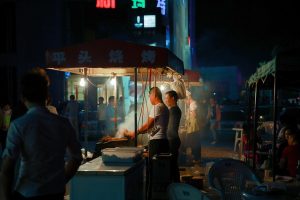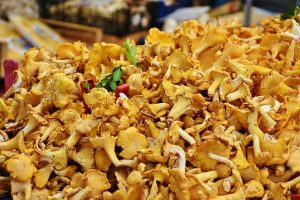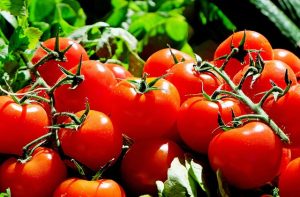Unveiling Perfumery’s Challenges: Market Trends, Science, and Innovation
The perfume market is a dynamic, rapidly evolving landscape driven by consumer demand for unique, pe…….
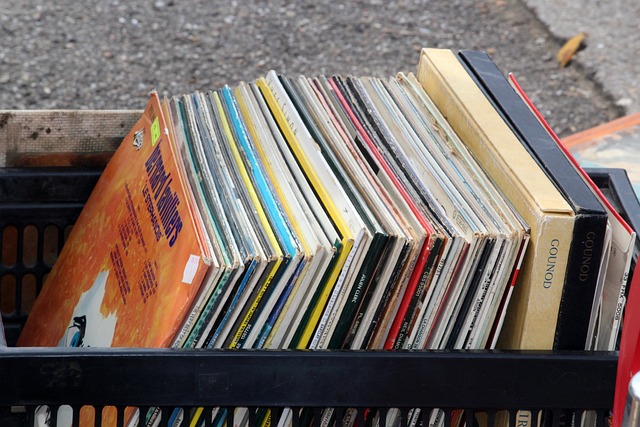
The perfume market is a dynamic, rapidly evolving landscape driven by consumer demand for unique, personalized scents, natural ingredients, and global cultural influences. Fragrance analysis is crucial for perfumers to meet these demands, enabling them to craft modern, appealing fragrances, predict scent evolution, and ensure product safety while navigating complex regulatory environments. The market faces challenges in sourcing high-quality, ethically sourced ingredients and adhering to stringent global regulations. However, a growing emphasis on sustainability and eco-friendly practices is driving innovation, with perfumers embracing greener production methods and ingredient choices to create a more responsible and vibrant future for the perfume market.
The perfumery industry, a realm of artistic expression and sensory delight, faces unique challenges amidst a dynamic perfume market. This article explores the intricate landscape of modern perfumery, delving into key sectors like fragrance analysis, ingredient sourcing, regulatory compliance, and innovative trends. Understanding the evolving consumer preferences and market demands is crucial for success in this industry. By examining these aspects, we uncover the science, safety measures, and creative solutions that define the future of perfume creation.
- The Dynamic Nature of the Perfume Market: Trends and Consumer Preferences
- Fragrance Analysis: Unlocking the Science Behind Scent Creation
- Sourcing High-Quality Ingredients: A Challenge for Perfumers
- Regulatory Compliance and Safety in the Industry
- Innovation and Sustainability: Shaping the Future of Perfumery
The Dynamic Nature of the Perfume Market: Trends and Consumer Preferences
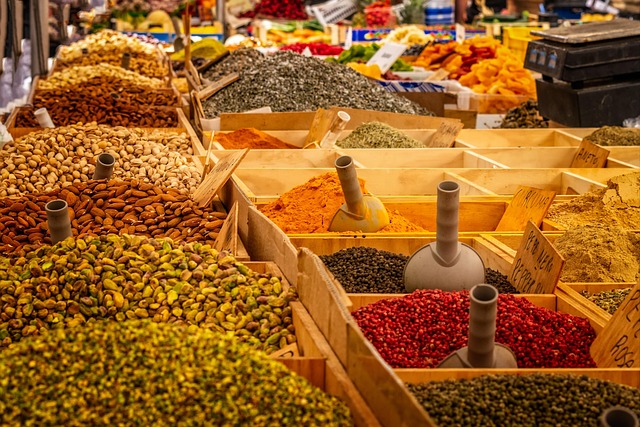
The perfume market is a dynamic landscape where trends and consumer preferences evolve rapidly. Fragrance analysis reveals that the industry is constantly shifting, driven by changing tastes, cultural influences, and new ingredient discoveries. Today’s consumers are increasingly discerning, seeking unique and personalized scents that reflect their individuality. This has led to a surge in niche perfumery, with independent brands offering artisanal creations catering to specific demographics and lifestyle choices.
Market trends often mirror societal shifts, with natural and organic ingredients gaining popularity, reflecting a growing conscious consumer base. Additionally, cultural diversity is enhancing the perfume market’s global appeal, as traditional fragrances from various regions are being re-imagined for modern audiences, blending heritage with contemporary aesthetics. This dynamic nature presents both challenges and opportunities for perfumers, who must stay agile in their creative processes to keep up with the ever-changing demands of the fragrance analysis and consumer landscape.
Fragrance Analysis: Unlocking the Science Behind Scent Creation
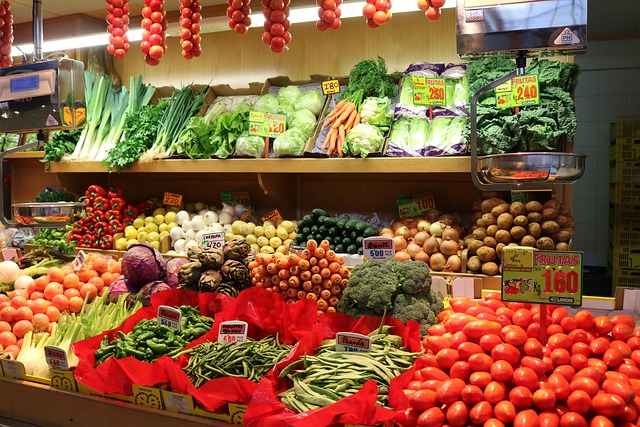
In the competitive perfume market, understanding the intricacies of scent creation through fragrance analysis is becoming increasingly vital for industry success. This scientific approach delves into the complex interplay of notes and compounds that constitute a perfume, allowing perfumers to craft unique and appealing fragrances. By examining the chemical composition and olfactory properties of essential oils, synthetic ingredients, and natural extracts, experts can uncover the secrets behind memorable scents.
Fragrance analysis enables the identification of key components responsible for specific olfactory characteristics. It facilitates the development of innovative perfumes by predicting scent evolution over time, ensuring a harmonious blend that stands the test of wear. Moreover, advanced analytical techniques empower perfumers to explore diverse fragrance families and create daring, modern scents that capture the essence of contemporary tastes in the ever-evolving perfume market.
Sourcing High-Quality Ingredients: A Challenge for Perfumers
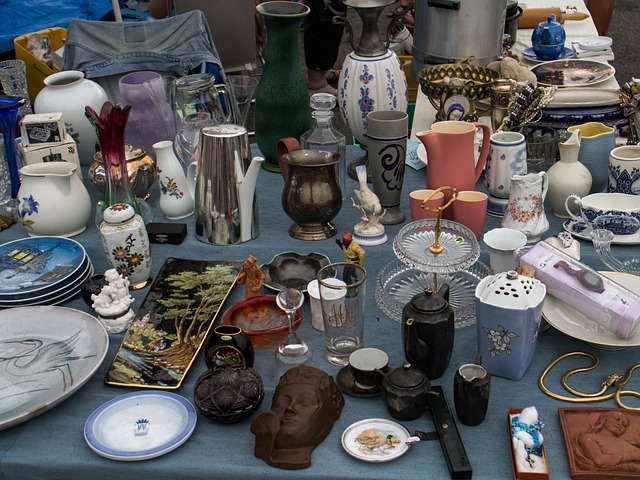
Sourcing high-quality ingredients is a significant challenge for perfumers in the competitive perfume market. With consumers increasingly demanding natural and ethically sourced materials, finding consistent and reliable suppliers becomes a complex task. Each ingredient must undergo rigorous fragrance analysis to ensure it meets the brand’s standards for both quality and consistency across various batches.
The global nature of the perfume industry adds another layer of complexity. Perfumers must navigate international markets, considering factors like regulatory differences, seasonal availability, and price fluctuations. This constant search for excellence in ingredients is what truly sets apart a premium fragrance from the rest in a saturated market.
Regulatory Compliance and Safety in the Industry
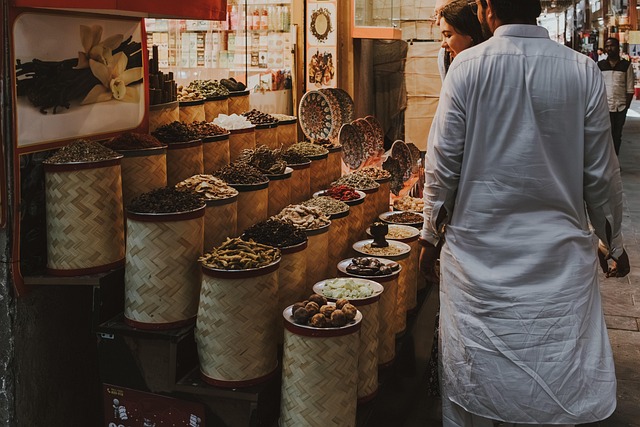
The perfume market, a billion-dollar industry, operates within strict regulatory boundaries to ensure consumer safety. Regulatory compliance is a significant challenge for perfumery, as each country has its own set of guidelines and standards regarding the production and sale of fragrances. These regulations cover various aspects, including ingredient sourcing, labeling requirements, and safety tests for potential allergens or toxic compounds. Manufacturers must conduct thorough fragrance analysis to adhere to these rules, ensuring their products are safe and compliant with global standards.
The complexity lies in the diverse nature of ingredients used in perfumes, ranging from natural extracts to synthetic compounds. Each ingredient must be meticulously evaluated for its impact on human health and the environment. Staying updated with evolving regulations and employing advanced analysis techniques, such as gas chromatography-mass spectrometry (GC-MS), are essential practices for brands aiming to maintain a competitive edge while meeting safety standards in the perfume market.
Innovation and Sustainability: Shaping the Future of Perfumery
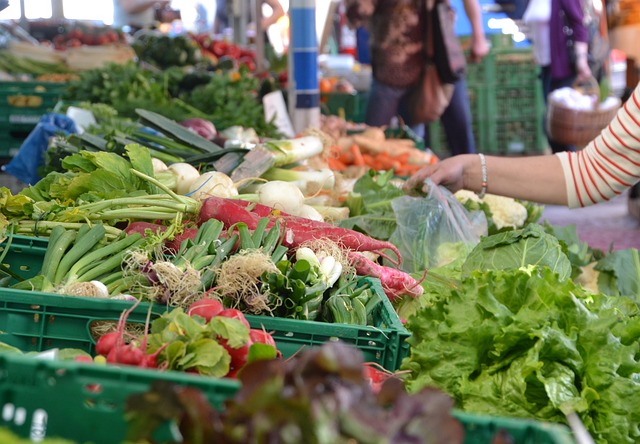
The perfume market is undergoing a significant transformation as consumers become increasingly conscious of sustainability and eco-friendly practices. Perfumers are now challenged to innovate while adhering to stricter environmental standards, ensuring that fragrance analysis encompasses not just quality but also the product’s impact on the planet. This shift demands a reevaluation of ingredients, production processes, and packaging to reduce waste and carbon footprint.
By embracing sustainable practices, perfumery can evolve into a more responsible and forward-thinking industry. Innovations such as using natural, organic materials, implementing circular economy principles in manufacturing, and exploring alternative, renewable resources for fragrances are gaining traction. These efforts not only cater to environmentally conscious consumers but also open up new avenues for creative expression, shaping a greener and more vibrant future for the perfume market.
The perfumery industry faces unique challenges, from keeping pace with dynamic consumer preferences in the perfume market to ensuring regulatory compliance and prioritizing sustainability. As we’ve explored through fragrance analysis, understanding the science behind scent creation is crucial for crafting distinctive and appealing perfumes. Navigating ingredient sourcing and innovation will continue to shape the future of perfumery, ensuring this artform remains both relevant and safe.
